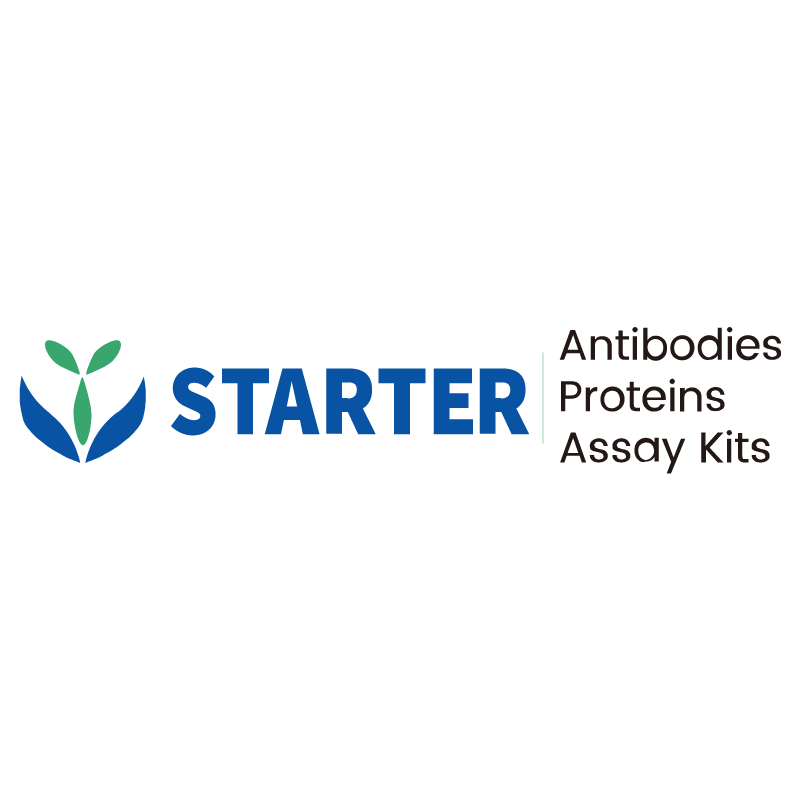Flow cytometric analysis of human peripheral blood labelling Human CD36 antibody at 1/2000 (0.1 μg) dilution/ (Right panel) compared with a Mouse IgG1, κ Isotype Control / (Left panel). Goat Anti-Mouse IgG Alexa Fluor® 647 was used as the secondary antibody. Then cells were stained with HLA/DR - Brilliant Violet 605™ Antibody separately.
Product Details
Product Details
Product Specification
| Host | Mouse |
| Antigen | CD36 |
| Synonyms | Platelet glycoprotein 4; Fatty acid translocase (FAT); Glycoprotein IIIb (GPIIIB); Leukocyte differentiation antigen CD36; PAS IV; PAS-4; More alternative names; GP3B; GP4; |
| Location | Cell membrane |
| Accession | P16671 |
| Clone Number | S-R617 |
| Antibody Type | Mouse mAb |
| Isotype | IgG1,k |
| Application | FCM |
| Reactivity | Hu |
| Positive Sample | human peripheral blood |
| Purification | Protein G |
| Concentration | 2 mg/ml |
| Conjugation | Unconjugated |
| Physical Appearance | Liquid |
| Storage Buffer | PBS pH7.4 |
| Stability & Storage | 12 months from date of receipt / reconstitution, 2 to 8 °C as supplied. |
Dilution
| application | dilution | species |
| FCM | 1:2000 | Hu |
Background
CD36, also known as cluster of differentiation 36, is an 88-kDa integral membrane glycoprotein expressed on various cell types, including platelets, monocytes, adipocytes, hepatocytes, myocytes, and microvascular endothelial cells. It functions as a class B scavenger receptor that binds multiple ligands such as long-chain fatty acids, oxidized low-density lipoprotein (oxLDL), collagen, thrombospondin, and anionic phospholipids. CD36 plays a crucial role in lipid metabolism, facilitating the uptake of fatty acids and contributing to lipid accumulation under excessive fat supply. In the context of cancer, CD36 is overexpressed in several types of tumors, including breast, brain, and ovarian cancers, where it promotes tumor growth, migration, and metastasis by supporting lipid metabolism and metabolic reprogramming. Additionally, CD36 is involved in immune responses and drug resistance in cancer cells. Its dysregulated expression is associated with poor prognosis in various cancers. Recent research has focused on developing CD36-targeted therapies, such as small-molecule inhibitors and antibodies, to address its role in cancer progression.
Picture
Picture
FC


